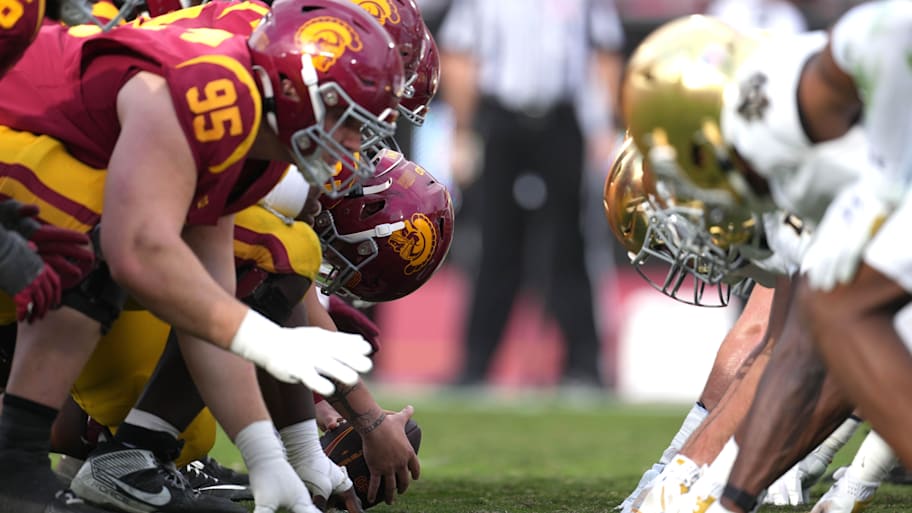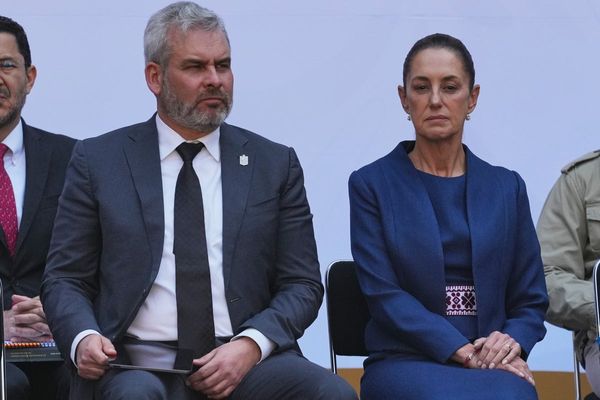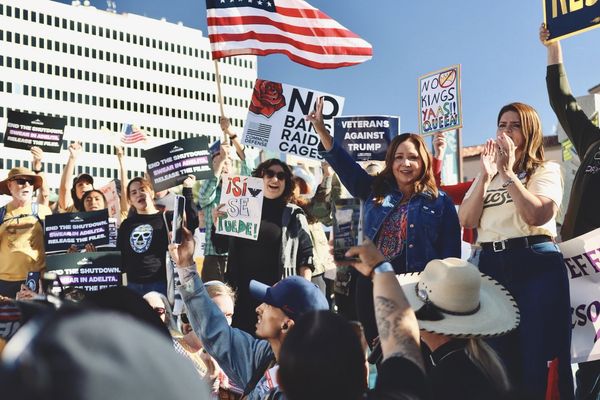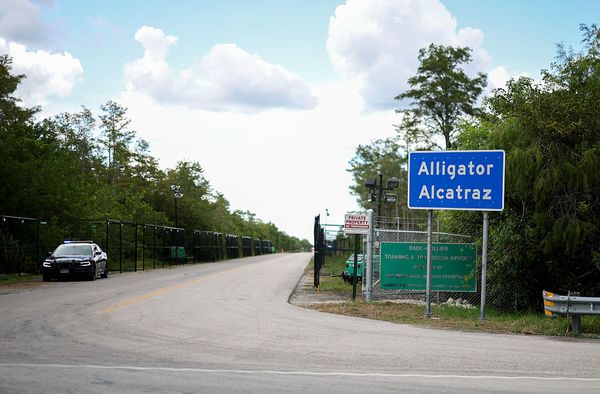
The massive changes that have rocked college football in recent years can be subdivided into two main categories:
- Those that had to happen because the business model was deemed illegal by the courts. Namely: paying players and removing transfer restrictions.
- Those that college leaders made happen on their own in the pursuit of more revenue. Namely: conference realignment.
The latter category is the more corrosive, less justifiable change. It has nothing to do with fairness and everything to do with grabbing bigger piles of cash. And the schools and conferences have nobody to blame but themselves for the ensuing assault on tradition, common sense and basic fan enjoyment of the sport.
The latter category is also why the USC Trojans–Notre Dame Fighting Irish series—the greatest intersectional rivalry in college athletics, by a wide margin—is in danger of being killed off. It would be an unconscionable loss for the sport and a further erosion of what makes college football special, with no adequate excuses. And yet it might happen.
The two athletic programs were scheduled to further discuss the future of the series Monday. As it stands now, the game Oct. 18 in South Bend is the last scheduled meeting between the bluebloods. USC offered a one-year extension to the contract, adding a game in 2026 in Los Angeles, but Notre Dame rejected that in pursuit of another long-term deal in a rivalry that has been played 95 times dating back to 1924.
The only things that have interrupted it are World War II and the COVID-19 pandemic. If greed—with a side of cowardice—gets in the way now, all involved parties should be ashamed of themselves.
Notre Dame athletic director Pete Bevacqua made clear to Sports Illustrated on Monday his school’s stance on the series: “I think Southern Cal and Notre Dame should play every year for as long as college football is played, and SC knows that’s how we feel.” The Trojans were more guarded, with associate AD Cody Worsham saying, “We want the USC–Notre Dame rivalry to continue, which is why we offered an extension of our agreement. It’s a special game to our fans and our institution. We will continue to work with Notre Dame on scheduling future games.”
There is considerable speculation that Trojans coach Lincoln Riley is unenthusiastic about continuing the series in its traditional format. The reluctance regarding a long-term renewal of the series as it’s currently constructed is rooted in the Trojans’ move to the Big Ten last year.
Lo and behold, the travel can be a bit onerous going from Los Angeles to Michigan, Minnesota and Maryland in a five-week span. With the odd-year games having been played in October in South Bend since 1961, those long-distance trips can add up. Who could have known this would be a side effect of leaving the Pac-12 to link arms with Rutgers, Maryland, Penn State and a bunch of Midwestern schools?
Along with the increased travel, there is this uncomfortable truth for USC: The Big Ten schedule is harder. And Notre Dame is riding high, having returned to the vanguard of the sport. Losing six of the past seven to the Irish could be more discouraging than long plane flights.
Sources tell SI that one of USC’s suggested alterations to the Notre Dame series is playing it on the front end of the schedule, potentially with some neutral-site locations sprinkled in among games at each other’s homes. That would be one more Trojan-led teardown of football tradition. The school is chiseling away at its athletic identity, little by little.
At this point, USC might as well leave the L.A. Coliseum for some new stadium in Orange County. Get rid of Tommy Trojan and Traveler. Replace the iconic fight song and the timeless uniforms.
USC has, arguably, done more than any other school to decimate the sport as we once knew it. Yes, the Texas Longhorns swung the wrecking ball first in the latest round of realignment, agreeing to bail on the Big 12 for the SEC in 2021 and dragging the Oklahoma Sooners along with them. But the Big 12 was always an uneasy merger without deep history, having come together in the mid-1990s and losing several members in the decade before Texas and Oklahoma left.
When USC followed that stunner with a thunderbolt of its own a year later, abandoning the Pac-12 for the Big Ten and dragging the cash-poor UCLA Bruins with them, it signaled the beginning of the end of a foundational conference. It was the most drastic break to that point from regional commonality. And it abruptly ended in-state rivalries dating back more than a century with the California Golden Bears and Stanford Cardinal.
By 2023, the weakened Pac-12 was finished off by the departures of nearly everyone else, leaving a gaping hole in the geography and social fabric of college sports. No court made that happen. It was self-sabotage, an inside job perpetrated in pursuit of TV money.
Yet even as USC was embarking upon this strange new voyage into unfamiliar terrain, it still had football anchor games against UCLA and Notre Dame. The battle for L.A. will (presumably) never go away. The series against the Irish might.
Consider what that rivalry has contributed to the sport: Knute Rockne vs. Howard Jones in the 1920s, as both programs rose to prominence and carried the popularity of college football with them; Ara Parseghian vs. John McKay, as two coaching giants won a combined six national championships in a span of 13 seasons; Anthony Davis scoring six touchdowns against Notre Dame in the Coliseum as a USC sophomore in 1972, then adding four more as a senior in ’74; the original Green Jersey Game, which lit the fuse on Notre Dame’s ’77 championship run; Tim Brown’s 254 all-purpose yards to key a last-play upset win in the Coliseum in ’86; the “Bush Push” game of 2005, when USC was at its peak under Pete Carroll; and so much more.
How much history do USC and Notre Dame bring to the field every time they play?
No two programs that play each other annually have more than their combined 16 national championships since the AP poll became the recognized standard in 1936, or their combined 15 Heisman Trophy winners. Not Ohio State–Michigan. Not Oklahoma-Texas. Not Auburn-Alabama.
Throwing all that away for an easier schedule would be a crime against football. Even altering the dates and locations to play on Labor Day weekend, maybe in Las Vegas or Arlington or Atlanta, would be an abdication of responsibility to the rivalry. Even in these tumultuous times, not everything should be disposable in college sports. Any protected list of traditions should very much include USC vs. Notre Dame.
This article was originally published on www.si.com as USC vs. Notre Dame Football Rivalry Must Continue.







